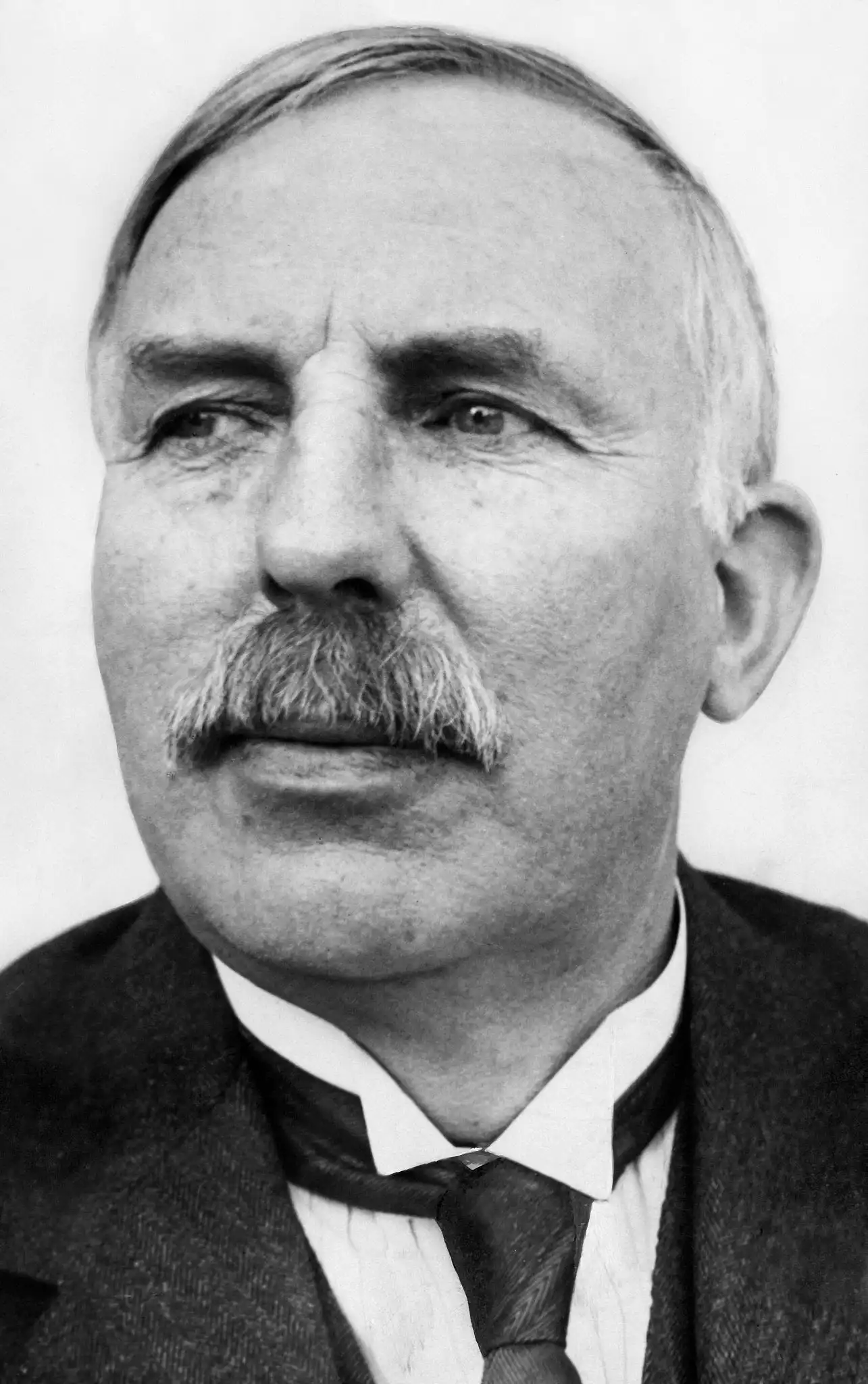
Ernest Rutherford
Ernest Rutherford was a New Zealand- born physicist who’s extensively regarded as one of the most important scientists of the 20th century. He was born in 1871 in the city of Brightwater, New Zealand, and studied at the University of New Zealand before pursuing graduate studies at the University of Cambridge in England.
Rutherford’s most significant donation to wisdom was his groundbreaking work on the structure of the snippet. In 1911, he conducted a series of trials in which he fired nascence patches( appreciatively charged patches) at a thin gold antipode. He anticipated the nascence patches to pass straight through the antipode or be veered slightly, but rather he set up that some of the patches were veered at large angles, and a small bit were indeed reflected back towards the source.
This discovery led Rutherford to propose a new model of the snippet, which he called the nuclear model. He suggested that the snippet was substantially empty space, with a bitsy, appreciatively charged nexus at its center, and negatively charged electrons ringing around it. This model revolutionized the field of infinitesimal drugs, and led to farther discoveries about the nature of matter.
Rutherford also made significant benefactions to other areas of drugs, including radioactivity and nuclear drugs. He was awarded the Nobel Prize in Chemistry in 1908 for his work on radioactivity, and was knighted by the British government in 1914.
Throughout his career, Rutherford guided multitudinous scholars who went on to come prominent scientists in their own right. He failed in 1937 at the age of 66, but his benefactions to wisdom continue to be honored and celebrated moment. Rutherford is flashed back as a pioneering figure in the field of infinitesimal drugs, and as one of the most important scientists of the ultramodern period.
Rutherford’s work on the snippet also led to the discovery of the proton. In 1917, he banded with associates Hans Geiger and Ernest Marsden on an trial in which they bombarded nitrogen gas with nascence patches. They set up that some of the nitrogen tittles had been converted into oxygen tittles, and that the response was caused by the nascence patches colliding with the protons in the nitrogen capitals.
In addition to his scientific work, Rutherford was a attractive and reputed figure in the scientific community. He served as the chairman of the Royal Society from 1925 to 1930, and was awarded multitudinous honors and awards throughout his career, including the Order of Merit in 1925 and the Copley Medal in 1922.
Rutherford was also a devoted schoolteacher and tutor. He supervised the doctoral exploration of further than 50 scholars during his career, numerous of whom went on to make significant benefactions to wisdom. One of his most notorious scholars was James Chadwick, who discovered the neutron in 1932.
Rutherford failed in 1937 at the age of 66 from complications following surgery. He’s flashed back as one of the most important and influential scientists of the 20th century, and his benefactions to our understanding of the nature of matter continue to inform scientific exploration moment.







